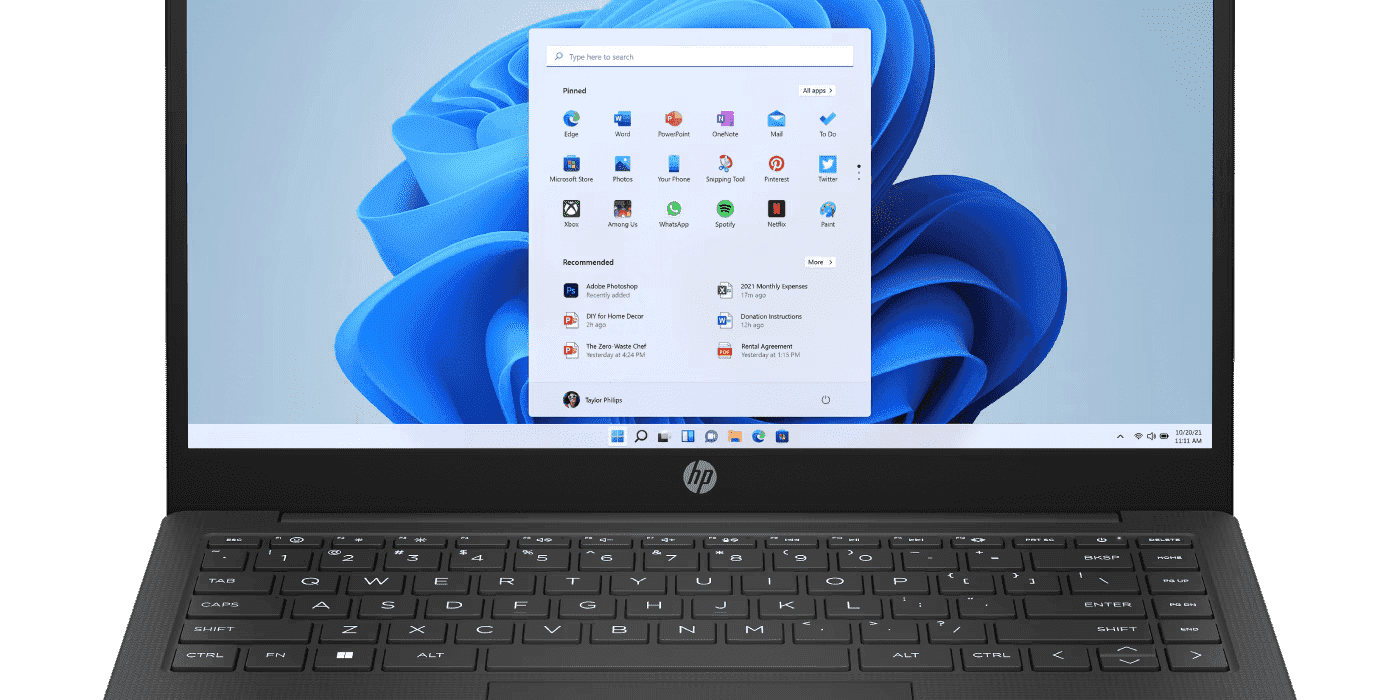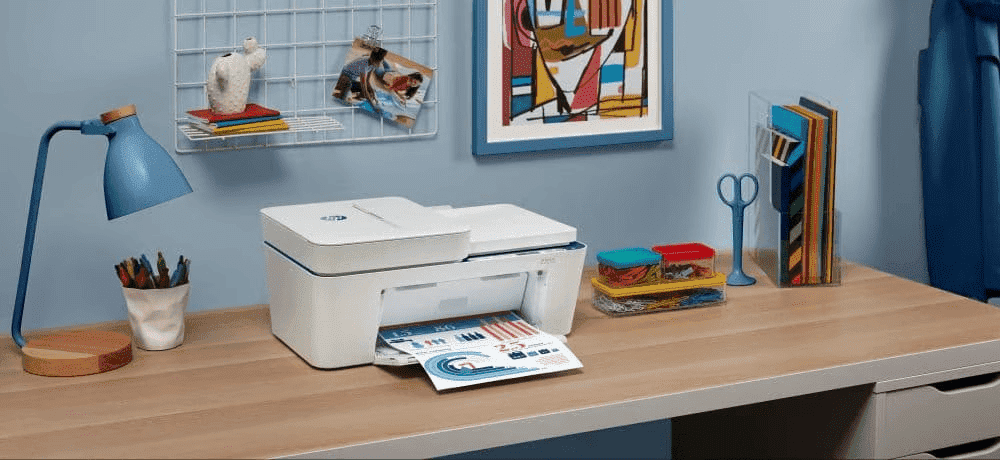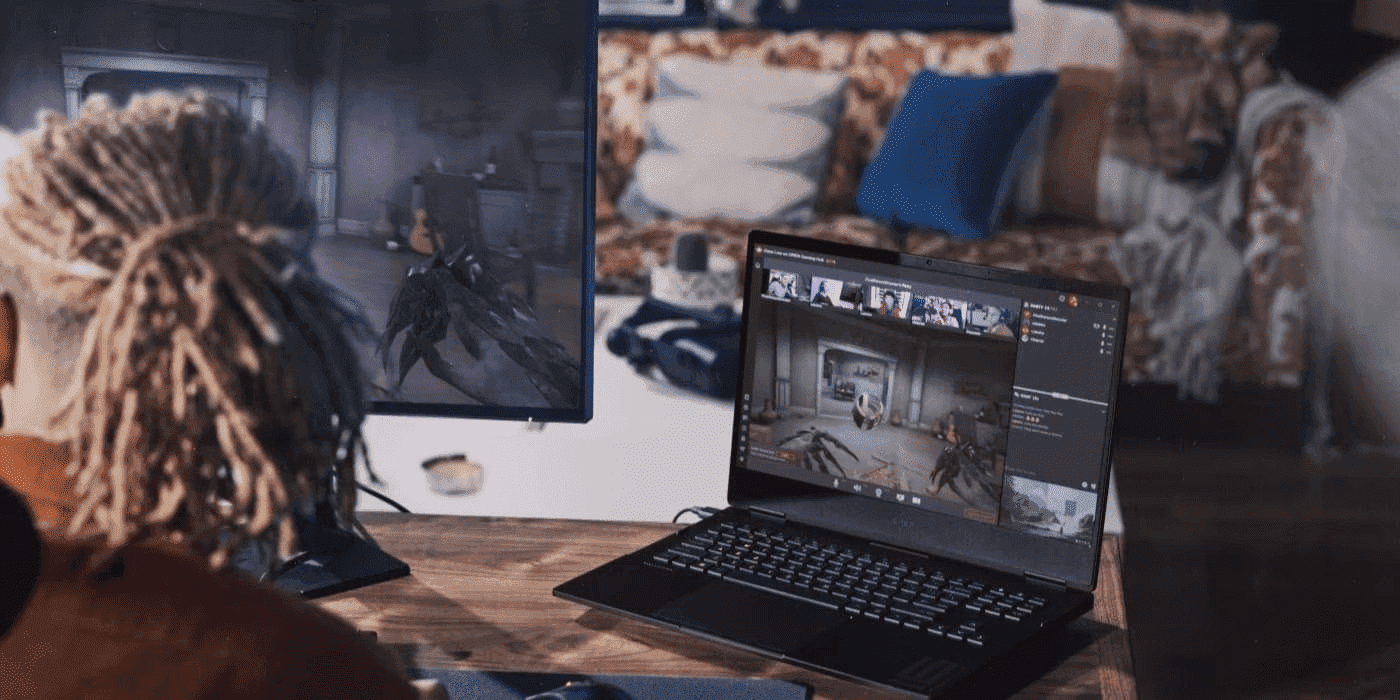Thank you for visiting the NEW ZEALAND HP Store
-
Contact Us
CONTACT USCall us
- Sales
- 0800 854 848
- Technical support
- +64 9884 8600
Mon-Fri 9.00am - 6.00pm
(exc. Public Holidays)
Chat with us- Our specialist are here to help
- Live chat
Mon-Fri 9.00am - 6.00pm
(exc. Public Holidays)
Submit feedback We value your opinion! - My Account
How Do I Turn Off Touch Screen?


Touch screen displays have critical functionality and benefits to provide a more streamlined and convenient workflow. With more support for mobility and collaboration than traditional displays, a touch screen can have a big impact on how you use your laptop or display. It can also provide a deeper connection to your work and entertainment.
By the same token, there are situations where it makes more sense to turn it off. Whether it’s out of caution or between periods of heavier use, shutting down your touch screen can effectively restrict its access. This can be particularly useful when you travel or when there are people around who may damage the screen through improper use, like kids or customers.
Most touch screens don’t have external ways to shut them off, but it’s actually quite simple to do this through Windows 10. In this article, we’ll outline the two easiest and most common methods for toggling your touch screen’s functionality.
1. Deactivate using the Search Bar
The first method makes use of the Search Bar within the Windows interface, which is situated next to the Windows/Start button on your computer. This method relies on a highly visible and regularly used part of Windows, so it should be familiar to just about all users, regardless of experience level.
1. Locate the Search Bar to the right of your Start button. Look for the little magnifying glass next to the Windows logo if you’re having trouble finding it.
2. Type “device manager” in the Search Bar and hit Enter.
3. Click on Device Manager from the results. If you’ve typed everything correctly, you shouldn’t have much to sort through.
4. Select “Human Interface Devices” from the window.
5. Select your touch screen display from the new sub-list.
6. Right-click or use the Action dropdown to select “Disable device.”
7. If a verification popup loads, click “Yes” to proceed.
Now just check to see if your touch screen is deactivated. If you have trouble getting your touch screen to shut down after repeated attempts, look up your model number and consult customer support.
2. Direct access via hotkeys or the Start menu
This method is very similar and could even be a little simpler for some users, particularly if you don’t use your Search Bar or if you want to learn a new hotkey combination.
1. Hold down the Windows and X keys together, or simply right-click on the Start button.
2. Select Device Manager from the dropdown that should appear in the lower-left corner of your desktop.
3. Select “Human Interface Devices” from the new window.
4. Select your touch screen display from the sub-list.
5. Right-click or use the Action dropdown to select “Disable device.”
6. If a verification popup loads, click “Yes” to proceed.
7. Try to use your touch screen to confirm that it’s successfully deactivated. To turn your touch screen back on, simply repeat either procedure. if you have trouble deactivating your touch screen, contact your product’s customer support team.
How to turn your touch screen display back on
After you deactivate your touch screen, you’ll want to know how to reactivate it when you’re ready to use it again. To do this, navigate to your PC’s Device Manager. Simply repeat the same procedure described above, but this time, you should find a new “Enable device” option when you select your touch screen from the Human Interface Devices list. To turn your touch screen back on, click the “Enable device” option and then “Yes” to verify your actions on any pop-up windows.
How do I turn off touch screen on Windows 8?
For Windows 8 users, you can follow the two methods outlined above. For other operating systems, look up dedicated instructions to guarantee compatibility and consistency with your product.
Why you may need to turn off touch screen
There are many reasons and scenarios that may lead you to temporarily turn off the touch screen. And they go beyond what we mentioned earlier about travel and groups of children.
You may also run into mechanical issues or need to troubleshoot problems. Sometimes, touch screen inputs can behave erratically in case of a serious malfunction, such as reading false signals. In this case, turning off your touch screen is a necessary step when you have to wait for professional diagnostic or repair in order to continue to use your device.
Things to remember
It’s critical to remember that touch screen displays can be more sensitive than their traditional counterparts. Even with the addition of safety features like Corning® Gorilla® Glass, which protect against routine damage, any level of use can impact your device.
For most users, that means taking basic steps to protect your display from unwanted damage. In some cases, turning off your touch screen is an expedient way to reduce exposure, whether from regular use or to avoid the risk of someone else damaging the display. Knowing how to turn your touch screen on and off is a critical part of maintaining its functionality over the life of the device.
- Sales
- 0800 854 848
- Technical support
- +64 9884 8600
Mon-Fri 9.00am - 6.00pm
(exc. Public Holidays)
- Our specialist are here to help
- Live chat
Mon-Fri 9.00am - 6.00pm
(exc. Public Holidays)








